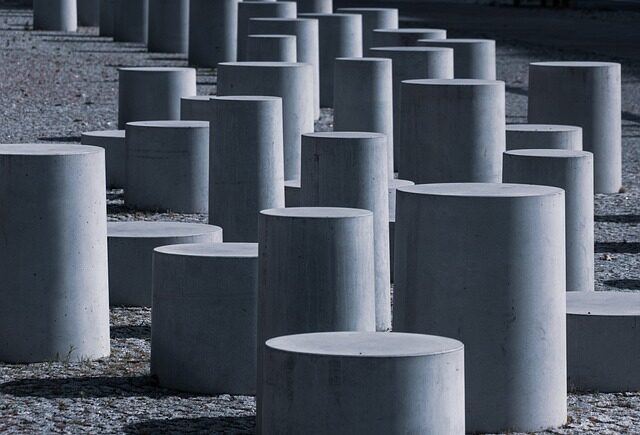Bollards, though often overlooked in urban design, play a major role in managing traffic, protecting pedestrians and property, and even enhancing aesthetics of cityscapes. They serve as silent sentinels, guiding the flow of vehicles and people, and ensuring safety and order in our daily lives. While their presence might seem mundane, the science behind their design – especially their material composition – is anything but.
This article unravels the materials science that lies at the core of bollards. The objective is to explore how the choice of material impacts their strength, durability, and design, essentially shaping their functionality and longevity. Whether it’s the formidable, steel bollards standing guard around important buildings or the sleek stainless steel ones adorning city walkways, the materials they’re made of, and the science behind these materials, significantly dictate their performance.
Understanding Bollards
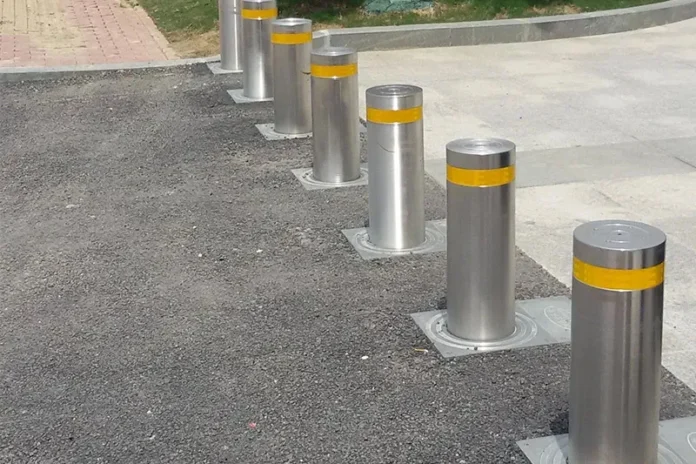
Bollards are short, sturdy vertical posts installed to control or direct road traffic and prevent vehicular intrusion onto sidewalks or pedestrian areas. They come in a variety of forms and can serve a wide array of functions, from mere visual guides to immovable physical barriers. Bollards can be static or retractable, rigid or flexible, depending on their intended function. They also play a critical role in ensuring pedestrian safety, protecting infrastructure, and adding aesthetic value to urban landscapes.
The history of bollards dates back to the era of maritime activity when they were used as posts on ship decks or docks for securing ropes. In the 17th century, old cannons were buried to act as bollards on streets to control horse-drawn carriages. As the years passed, their use evolved with changing urban infrastructure. Today, bollards are a common sight in cities worldwide, contributing to traffic management, security enhancement, and aesthetic appeal. They come in various types such as protective bollards, decorative bollards, and flexible bollards, each bollard serving unique purposes in different settings – be it around buildings, on streets, or within parking spaces.
The Materials Science of Bollards
Materials science is a field that investigates the relationship between the structure of materials at atomic or molecular scales and their macroscopic properties. The choice of material can significantly influence the bollard’s performance, longevity, and aesthetic appeal. This science is integral to ensuring bollards withstand environmental stressors, vehicular impacts, and the test of time.
The Role of Material Selection for Bollards
Material selection for bollards directly influences their strength, durability, and functionality. The materials must be robust enough to absorb impacts, resistant to weather conditions, and suitable for the intended purpose, whether that’s traffic control, pedestrian safety, or aesthetic enhancement. Additionally, cost, ease of installation, and maintenance requirements are also considered during material selection.
Common Materials Used in Bollards
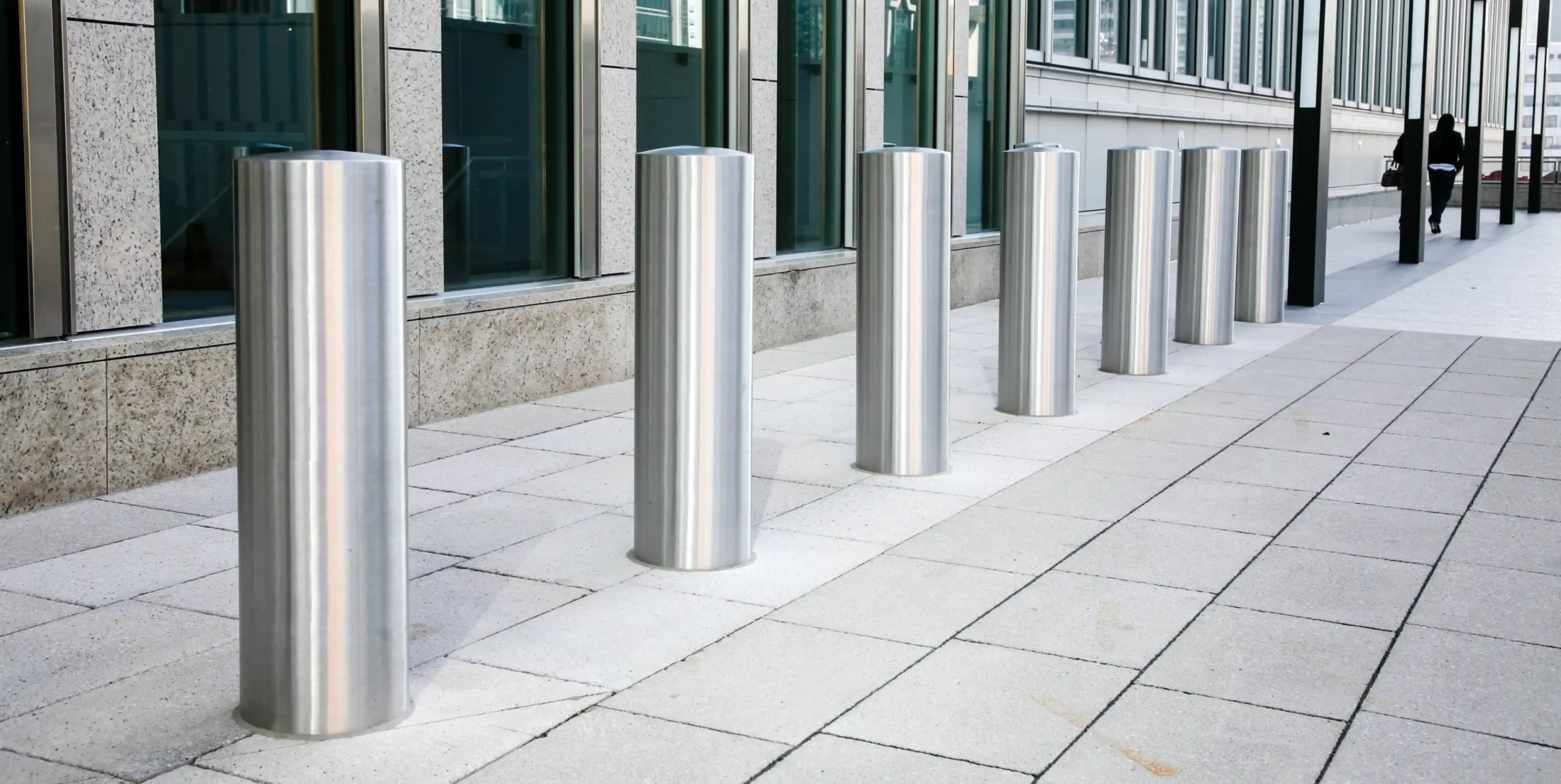
Steel
Steel is a popular choice for bollards due to its incredible strength and durability. It can withstand high impact forces, making it ideal for security and traffic control bollards. However, steel requires regular maintenance to prevent rust and corrosion.
Concrete
Concrete bollards offer minimal maintenance and are often used in commercial and public spaces due to their high durability and ability to withstand significant impacts. However, their weight can make installation more challenging.
Plastic
Plastic bollards are lightweight, cost-effective, and resistant to weather conditions. They’re typically used in areas where the primary need is guiding traffic rather than withstanding heavy impacts. These bollards are often filled with concrete for added stability and strength.
Stainless Steel
Stainless steel bollards combine the strength of steel with high resistance to corrosion and rust, making them ideal for both aesthetic and safety purposes. They are commonly found in upscale urban and commercial environments due to their sleek, modern appearance.
Strength and Durability of Bollards
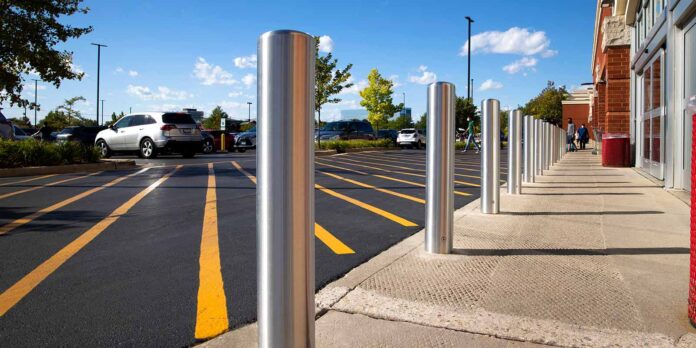
In materials science, strength refers to a material’s ability to withstand an applied load without failure or deformation. Durability, on the other hand, pertains to a material’s capability to resist wear, decay, and other aging processes over time. In the context of bollards, these factors directly affect their capacity to absorb impacts and survive in various conditions for long periods.
Material Properties
Material properties such as tensile strength, hardness, and ductility directly influence the strength and durability of bollards. For example, steel bollards offer high tensile strength and hardness, enabling them to withstand substantial forces.
Manufacturing Process
The manufacturing process, including casting, welding, and finishing procedures ensure the inherent strength of the materials is maintained and potential weaknesses are minimized.
Environmental Conditions
Environmental conditions like temperature, humidity, and exposure to corrosive elements can affect a bollard’s durability. Materials must be chosen with these conditions in mind, with protective finishes often applied to increase resistance to environmental stressors.
Testing Methods for Strength and Durability
Bollards are subjected to a variety of tests to assess their strength and durability. These can include impact tests, weathering tests, and corrosion tests, all designed to simulate real-world conditions and assess the bollard’s performance and longevity.
Comparison of Different Materials in Terms of Strength and Durability
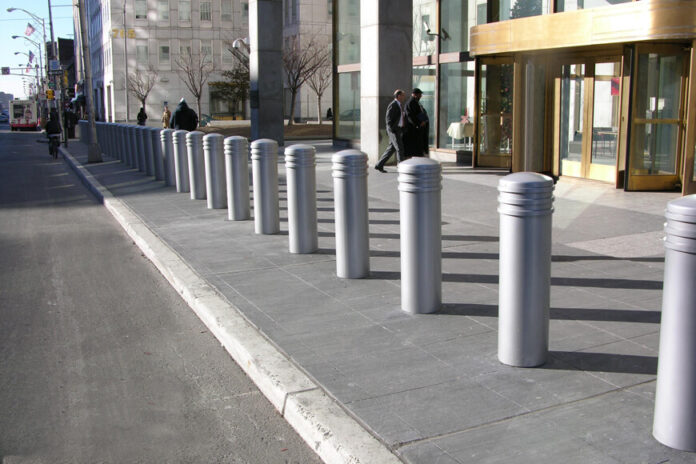
Steel and concrete bollards provide high strength and durability, but may require maintenance to prevent corrosion and weathering. Plastic bollards, while more resistant to corrosion, offer less strength and may not be suitable for high-impact situations. Stainless steel bollards offer a balance, with high strength, durability, and resistance to corrosion, but at a higher cost.
The exploration of the materials science behind bollards emphasizes the thought and innovation invested in these seemingly simple fixtures of urban safety. From material selection to durability tests, every step taken ensures these stalwarts can efficiently fulfill their roles in traffic management, security enhancement, and aesthetic enrichment. As we move towards a future marked by advancements in materials science and a growing focus on sustainability, we can expect the realm of bollard technology to evolve in new and exciting ways.
